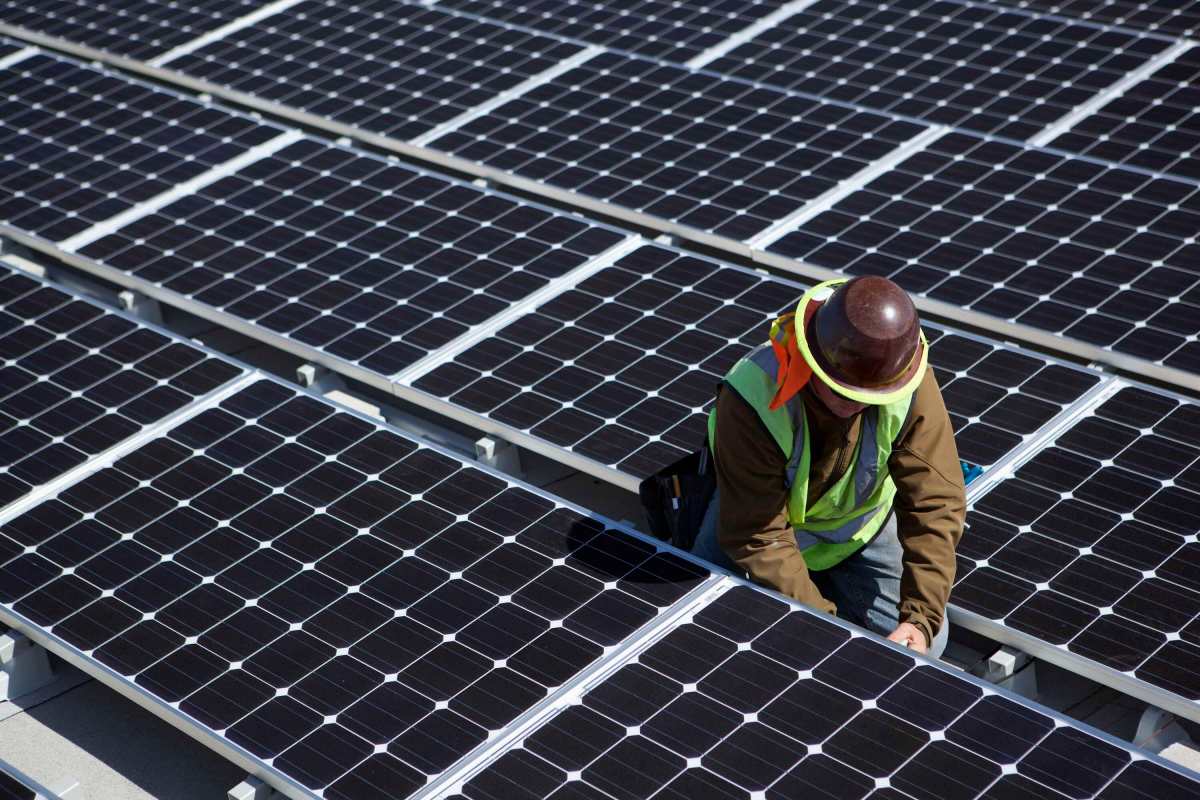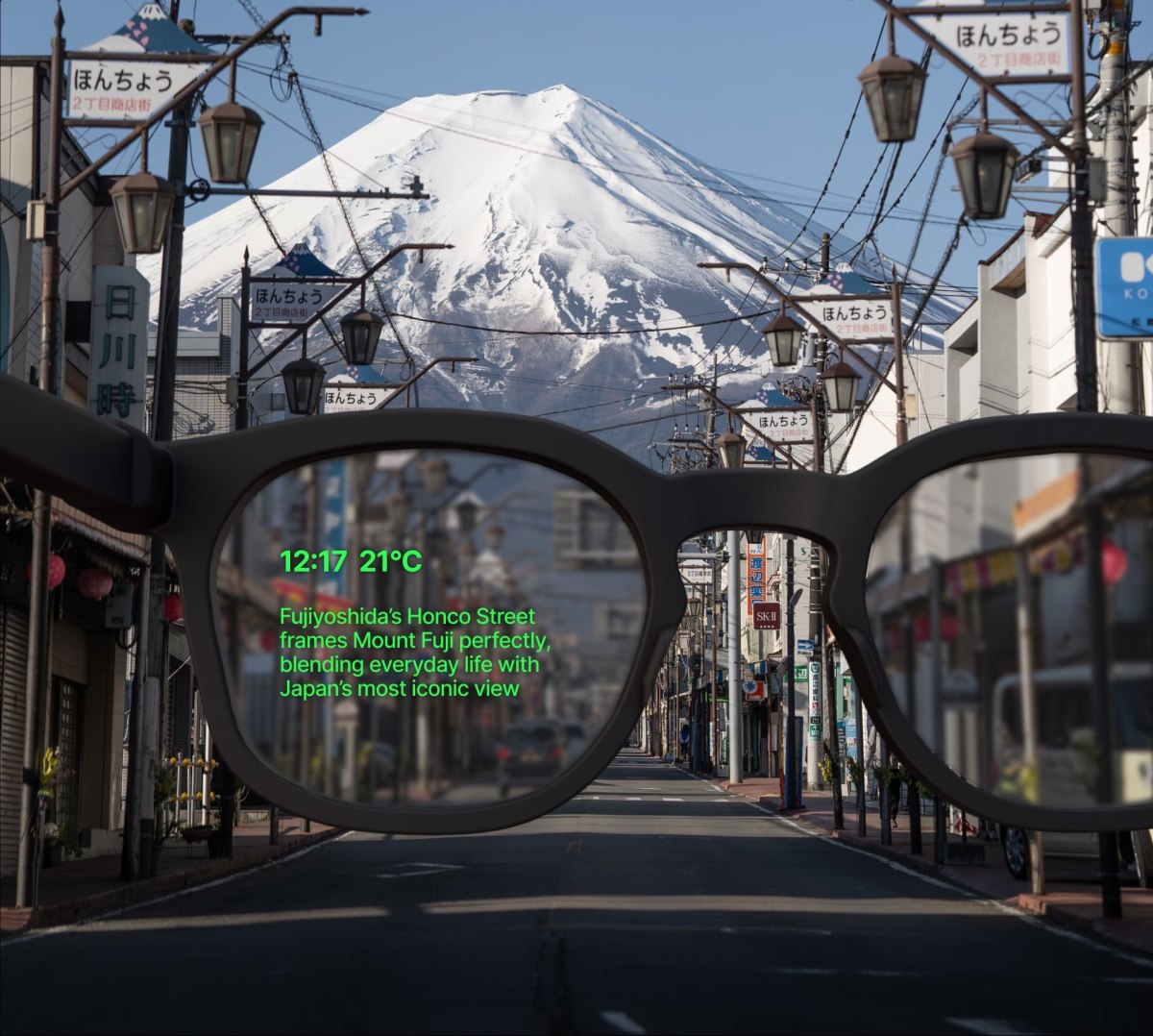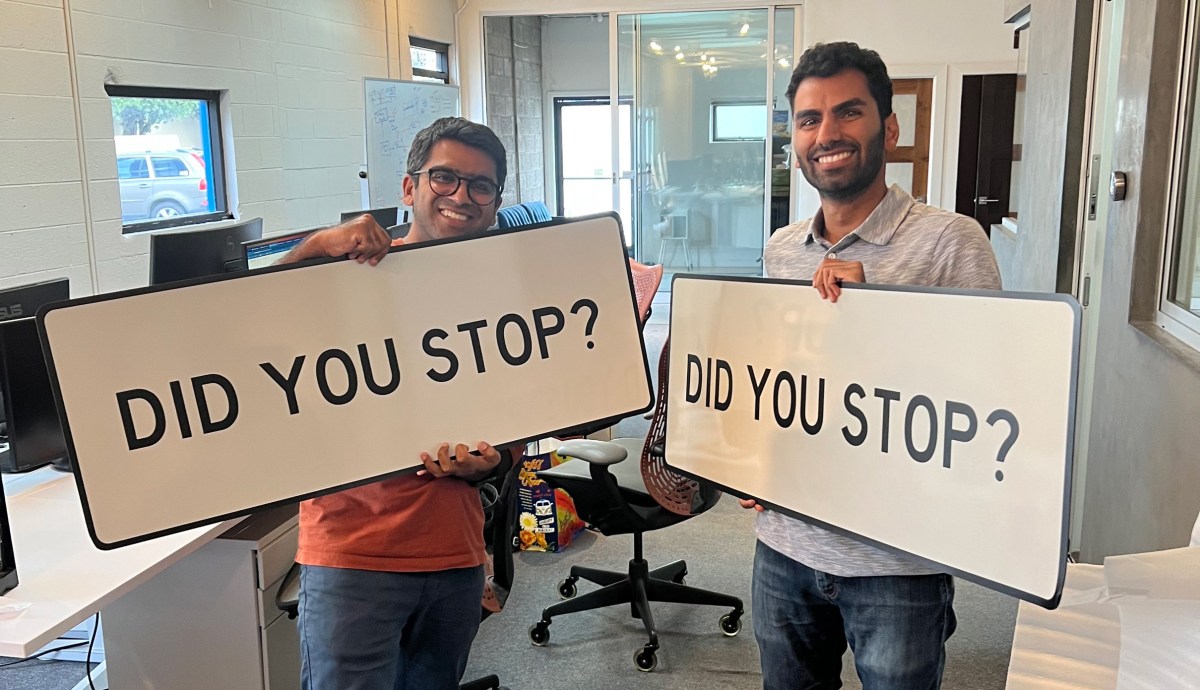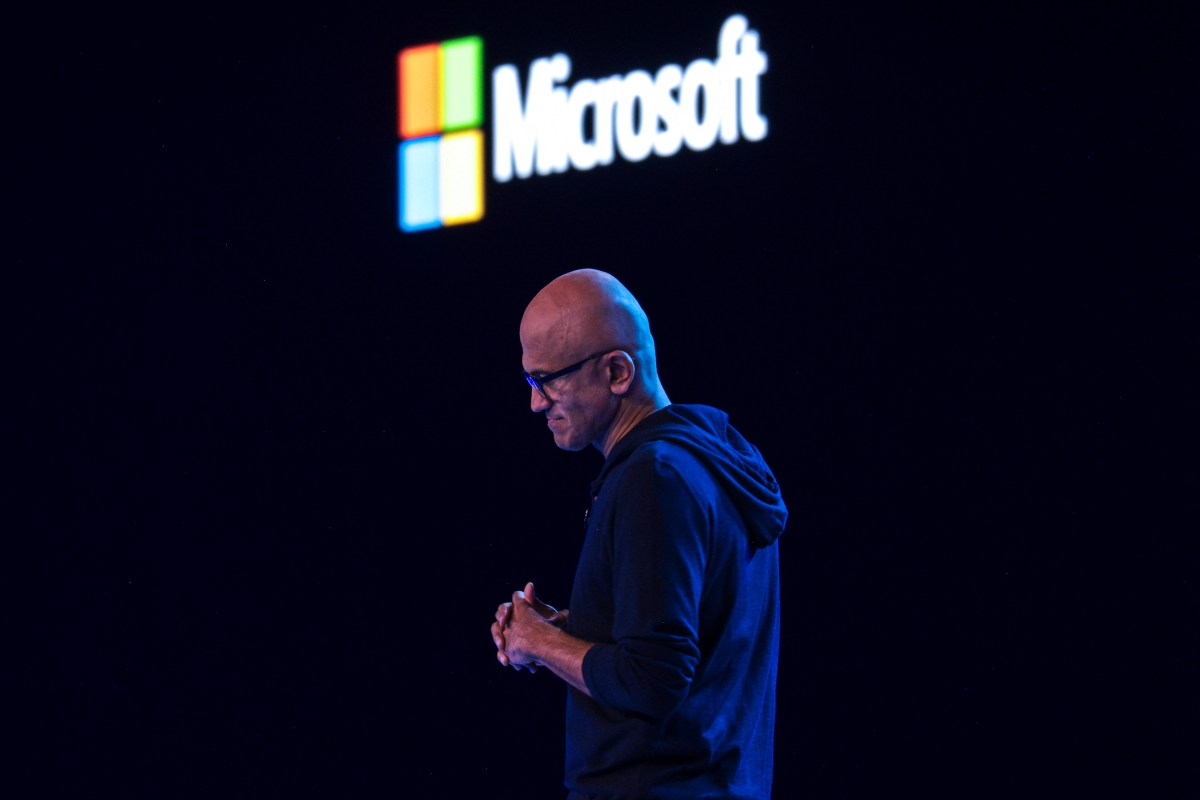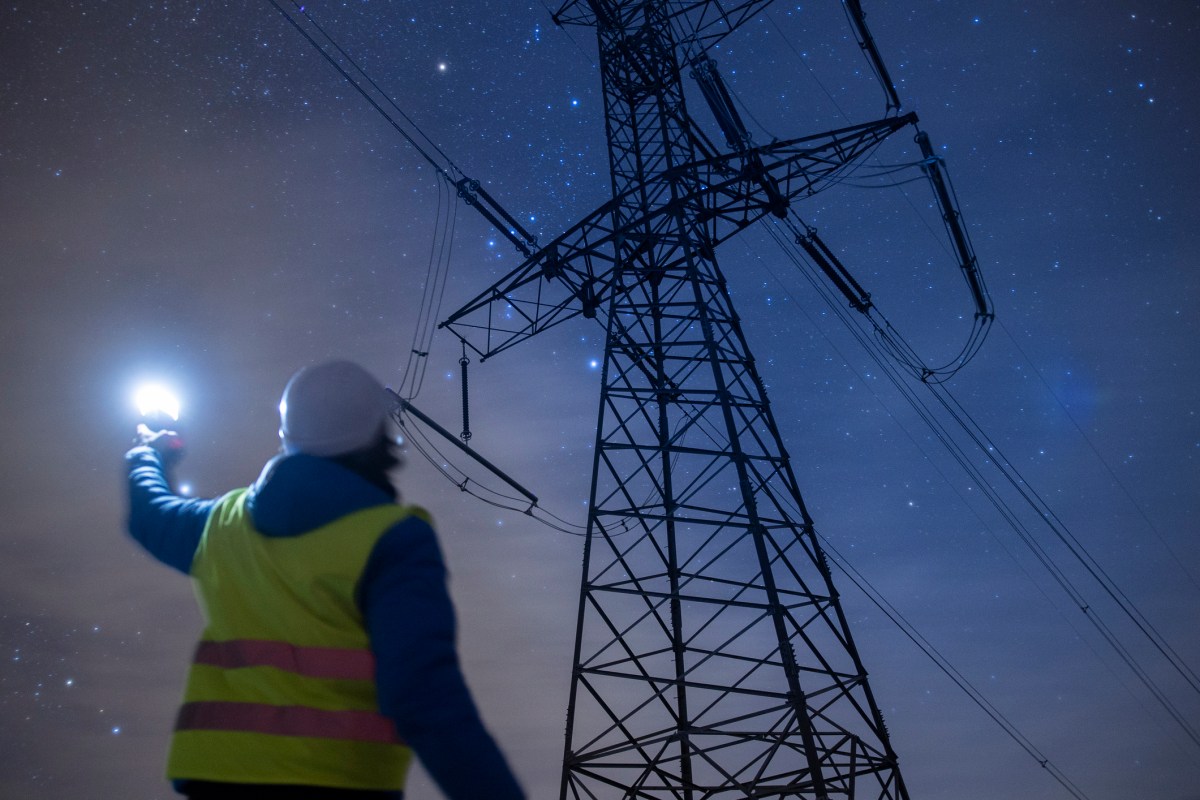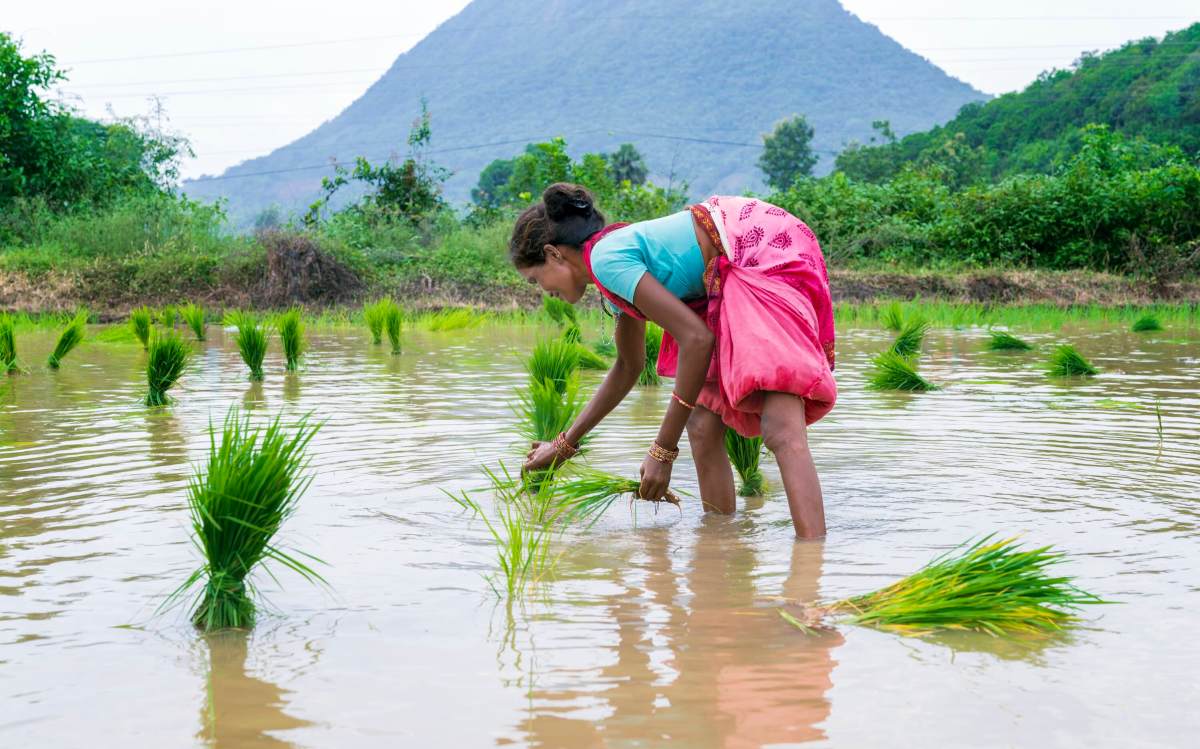
How one AI startup helps rice farmers battle climate change
Sources: https://techcrunch.com/2025/08/26/how-one-ai-startup-is-helping-rice-farmers-battle-climate-change, https://techcrunch.com/2025/08/26/how-one-ai-startup-is-helping-rice-farmers-battle-climate-change/, TechCrunch AI
TL;DR
- Mitti Labs uses AI to measure methane emissions from rice paddies and to verify climate-friendly farming practices.
- The company partnered with The Nature Conservancy to promote regenerative, no-burn agriculture in India.
- Its software can measure, report, and verify emissions reductions and track carbon credits for on-the-ground projects.
- Smallholder farmers often see a meaningful bottom-line boost when participating in these programs, roughly around a 15% improvement in their earnings.
- Beyond rice-specific work, Mitti is exploring how to measure Scope 3 emissions for other project developers or corporations working with rice farmers.
Context and background
Rice farming is a notable source of methane, a potent greenhouse gas that, over a 20-year window, is about 82 times more impactful than the same amount of CO2. Rice paddies are typically flooded, creating anaerobic soil conditions that support methane-producing microbes. Globally, rice farming contributes roughly 10–12% of total human-caused methane emissions. The vast majority of rice is grown in Asia, with around 90% of production occurring there, and many rice-growing regions share similar smallholder farmer dynamics. Remote sensing offers a path to scale verification costs, enabling large programs without prohibitive on-site equipment costs. Mitti’s approach pairs satellite data with ground studies to power its AI models.
What’s new
The Nature Conservancy and Mitti Labs have formalized a partnership to promote regenerative, no-burn agriculture in India. Mitti will apply its AI-powered models to measure, report, and verify the on-the-ground work conducted by The Nature Conservancy’s teams in India, where farmers are adopting climate-friendly practices. Co-founder Xavier Laguarta notes that most project operations on the ground are performed by locals from the villages where projects are implemented. In addition to rice-specific work, Mitti is exploring software features that can help third parties measure Scope 3 emissions for other project developers or corporations working with rice farmers, positioning Mitti as a potential SaaS solution for organizations operating in this space.
Why it matters (impact for developers/enterprises)
- For project developers and corporations: verified methane reductions can be quantified and reported, enabling carbon credit monetization.
- For farmers and rural communities: participation can translate into direct financial benefits through carbon-credit mechanics and improved profitability.
- The collaboration with a major conservation organization helps scale regenerative practices across large farming regions and provides a model for partnerships that blend tech, finance, and on-the-ground work.
Technical details or Implementation
Mitti’s software analyzes various signals from rice farms to estimate methane release across the growing season. The data pipeline relies on two primary data sources:
- Satellite imagery: Used to identify geospatial patterns and track changes over time.
- Radar data: Capable of penetrating clouds, vegetation, water, and soil to assess what’s happening underground where methane-producing microbes live. These data streams are fed into AI models trained on satellite data and complemented by extensive field studies. On-the-ground operations are conducted by locals in the villages where projects take place, helping keep verification costs reasonable for smallholders. In addition to emissions measurement, Mitti tracks carbon credits—taking a portion of the sale and distributing the remainder to farmers and the community. The company also notes that most farmers see a meaningful improvement in their bottom line after joining programs, offering an economic incentive to participate alongside environmental benefits. Below is a simplified view of data sources and purposes: | Data source | Purpose | Benefit |---|---|---| | Satellite imagery | Monitor geospatial patterns and seasonal methane signals | Scales observations across many farms with reduced field deployments |Radar | Penetrates clouds, water, and soil to capture underground microbial activity | Provides measurements under typical flooded-rice conditions |Field studies | Calibrate and train AI models | Improves accuracy and reliability of methane estimates |
Key takeaways
- AI-enabled measurement and verification can support scalable, on-the-ground climate programs in rice farming.
- Partnerships with conservation organizations can extend the reach of climate-smart practices to millions of smallholder farmers.
- Carbon credits linked to methane reductions offer a potential revenue stream for farmers while supporting broader emissions reductions.
- The approach emphasizes on-the-ground local participation and scalable remote sensing to manage costs.
FAQ
-
What does Mitti Labs do with AI?
Mitti Labs uses AI to measure methane emissions from rice paddies and to verify the effectiveness of climate-friendly farming practices.
-
How does the partnership with The Nature Conservancy work?
Mitti will apply its AI-powered models to measure, report, and verify the work done by The Nature Conservancy’s workers in India, as they promote regenerative, no-burn agriculture.
-
How are farmers compensated?
Mitti tracks carbon credits from the programs, taking a share of the credits’ sale and passing the remainder to farmers and the community; farmers can see improved bottom lines from participation.
-
What data sources are used?
The platform uses satellite imagery and radar, combined with field studies, to train and validate AI models that estimate methane emissions.
-
What is Scope 3 emissions in this context?
Mitti envisions measuring Scope 3 emissions for other project developers or corporations working with rice farmers, expanding the potential SaaS utility of its tools.
References
More news
Meta to add 100MW of solar power from US gear to back SC AI data center
Meta signs a $100 million, 100 MW solar farm deal with Silicon Ranch in South Carolina to power a planned AI data center, with most equipment made in the U.S. Operations expected in 2027.
Harvard dropouts unveil 'always-on' AI smart glasses that listen, record, and transcribe every conversation
Two former Harvard students claim to be building Halo X, discreet smart glasses with an always-on microphone, real-time transcription, and AI-driven prompts — raising questions about privacy, security, and legality.
Perplexity Accused of Scraping Websites That Explicitly Blocked AI Crawlers, Cloudflare Says
Cloudflare says Perplexity ignored robots blocks, masked its crawler identity, and scraped content from sites that asked AI scrapers not to access them. Perplexity disputes the claim.
Obvio’s AI Stop-Sign Cameras Aim to Cut Dangerous Driving While Limiting Surveillance
Obvio raises $22M in Series A to deploy solar-powered, AI-driven stop-sign cameras that detect serious infractions, process footage on-device, and forward verified violations to municipalities—while enforcing strict data retention and sharing limits.
Breakneck data center growth challenges Microsoft’s sustainability goals
Microsoft’s 2025 sustainability report shows emissions rose 23.4% since 2020 due to rapid data center expansion, with Scope 3 driving the majority of the footprint. The 2030 pledge requires cutting emissions by more than half and scaling carbon removal.
Gridcare thinks more than 100 GW of data center capacity is hiding in the grid
Gridcare uses grid mapping and generative AI to uncover more than 100 GW of latent data-center capacity, then matches developers with utilities. The seed round reached $13.5M, led by Xora, with multiple investors.
